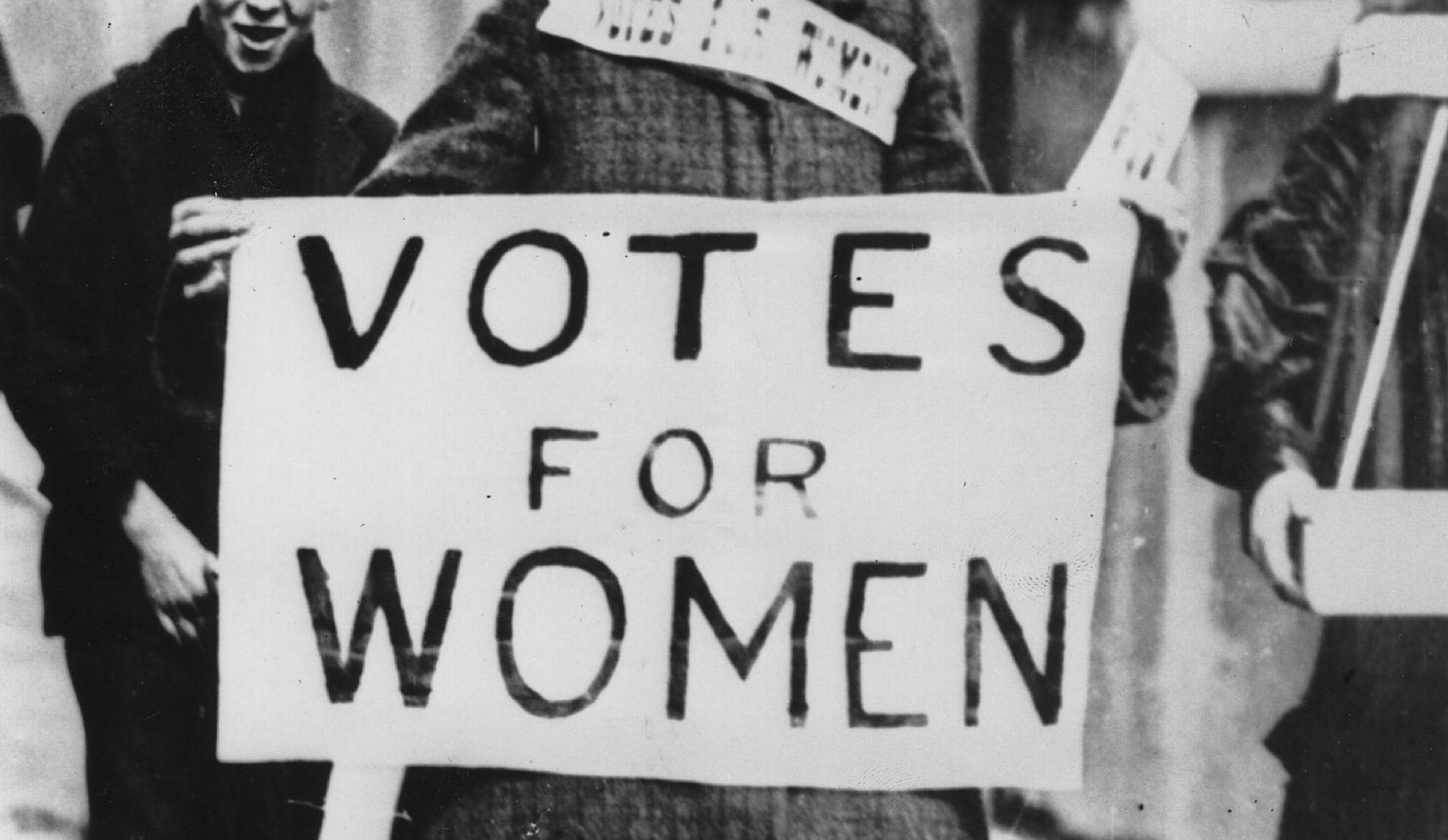Not only did the Suffragettes become militant to promote their agenda and draw attention from outsiders, they developed and enacted other tactics as well. They created newspapers, pamphlets, newsletters, wrote articles for other newspapers to publish, and demonstrated in large numbers.
Comedy: If you review the section titled “Cartoons,” you will see examples of artists using comedy to belittle the suffragettes and their causes. This form of humor was meant to discredit the entirety of the movement, as well as humiliate the women. The uneducated public and those filled with critical beliefs of equality gleaned over these cartoons and used them in their charge against equality. Many saw this entire movement as overly-feminized which resulted in them trivializing the cause and seeing it as humorous. However, the WSPU was able to reclaim the humorous aspect of the cartoons and used this practice to support their cause and gain further attention. They were also able to use comedy to diffuse extremely tense situations and lighten the mood, which could allow them to speak more about their agenda.This tactic is mentioned very little because while it was a promotional means that did garner some support, clearly it did not have the same lasting impact that their militancy had. Also once damages to property became more common, it was much harder to dispel tensions by using humor.
“Doing something silly is the woman’s alternative to doing something cruel. The effect is the same. We use no violence because we can win freedom for women without it; because we have discovered an alternative… woman’s wit.” Emmeline Pethick-Lawerence
Hunger Strikes: In prison, many women went on hunger strikes either as a means to be released early or to show their dedication the cause. As a result of these hunger strikes, they were forcibly fed through a tube. This was a horrendous occurrence and when done improperly, could result in injury or death. There were even instances when the tube was inserted into the lung rather than down the esophagus. This ordeal the women faced was incredibly traumatic and unthinkably painful throughout the whole process from insertion to removal. These orders for force feeding came from the government, and 116 physicians wrote the prime minister imploring him to end this torture. While this tactic did bring about a large amount of attention, as well as many new members who saw those women’s dedication, it was still incredibly horrific. Those who did hunger strikes in prison drew inspiration from Russians who were imprisoned that also took part in hunger strikes. When British journalists wrote about the Russians who were using hunger strikes, they portrayed them as victims of an evil government. When those same journalists wrote about the suffragettes, they were typically less sympathetic. The precise reasoning about why they chose hunger strikes in prison is highly contested, but it is agreed that whatever the cause, it was effective.
